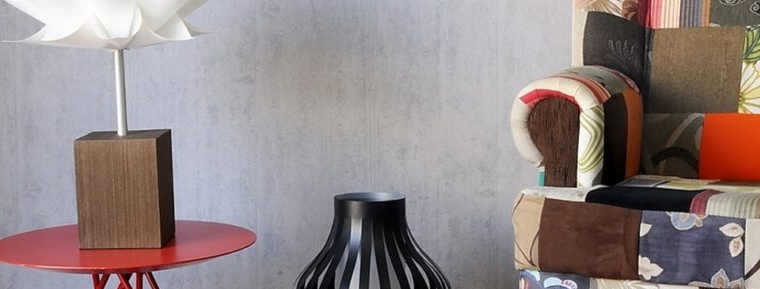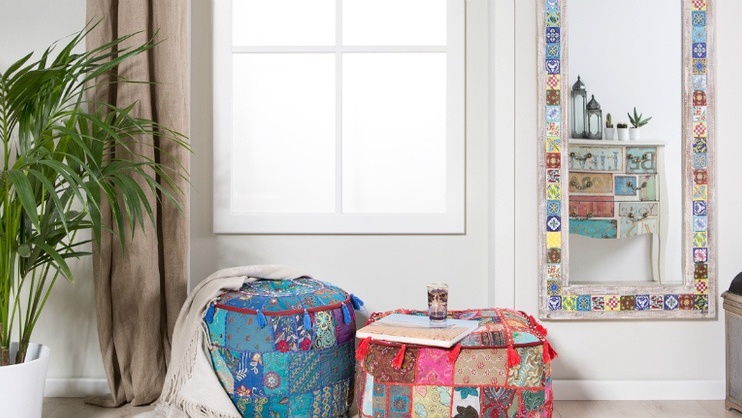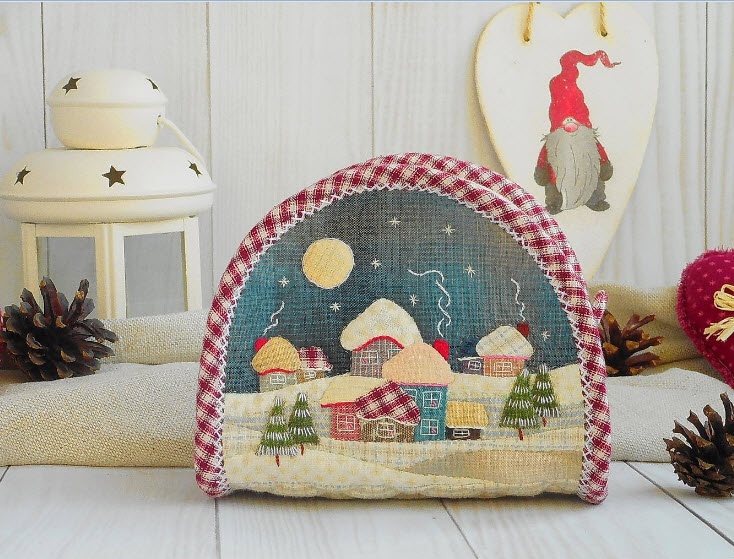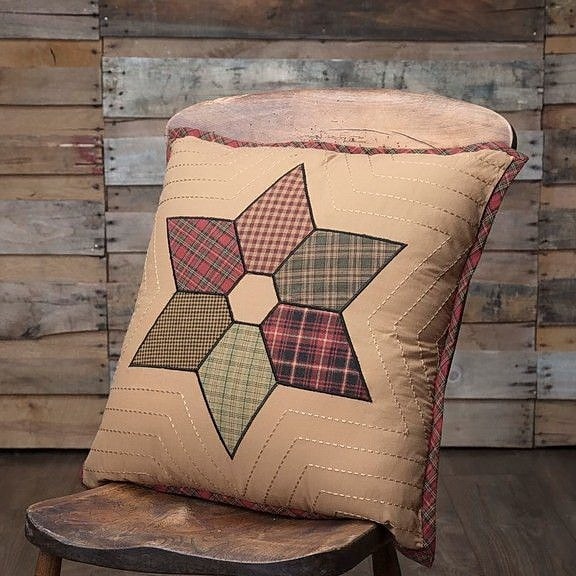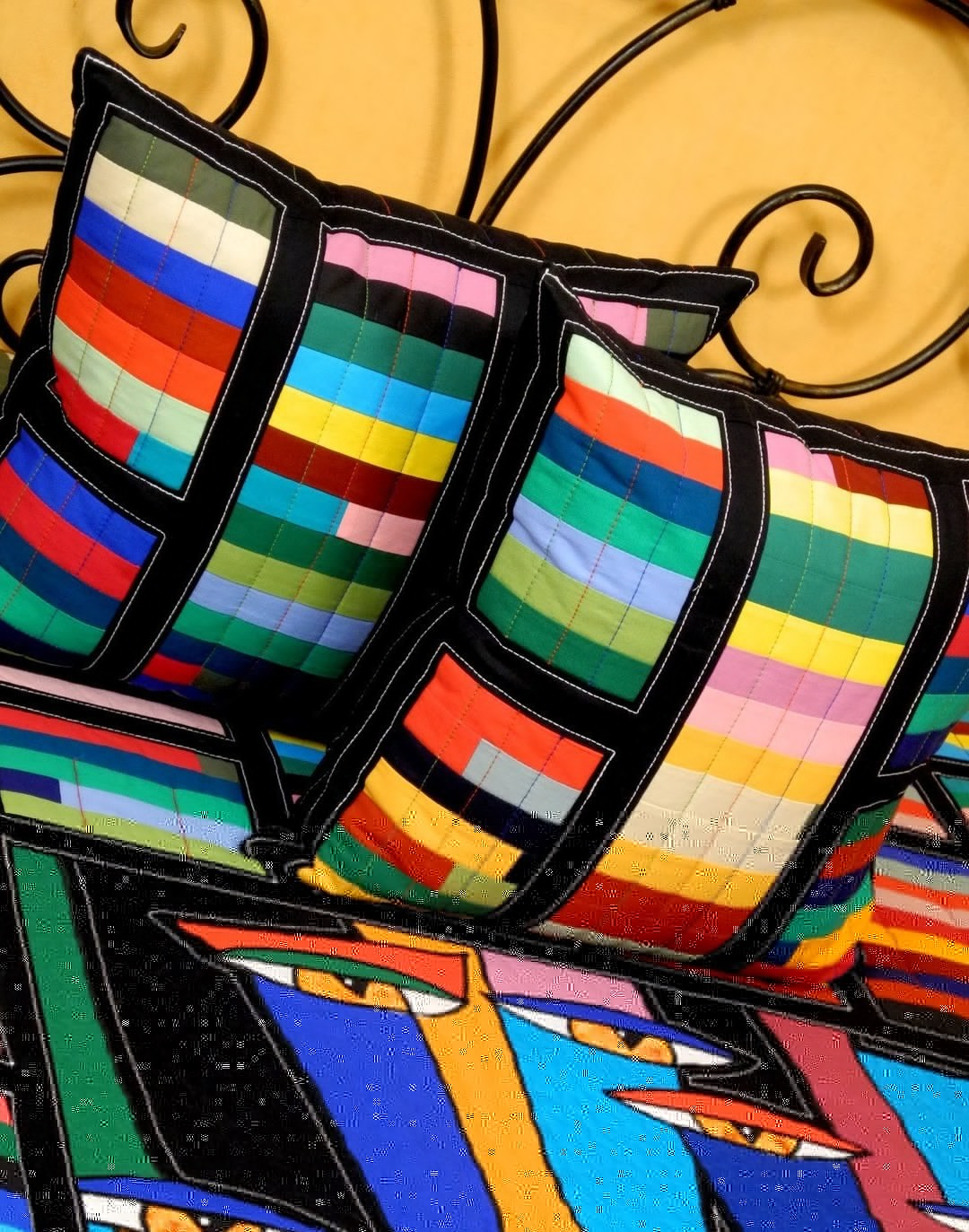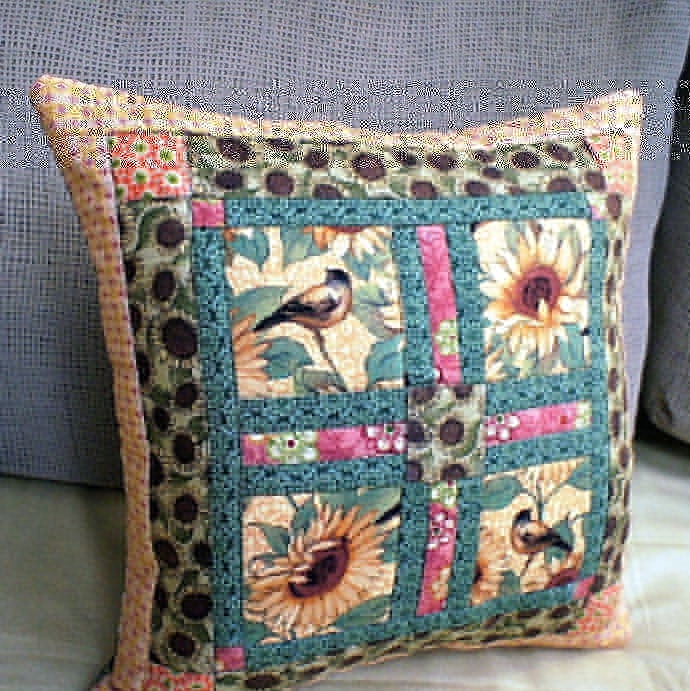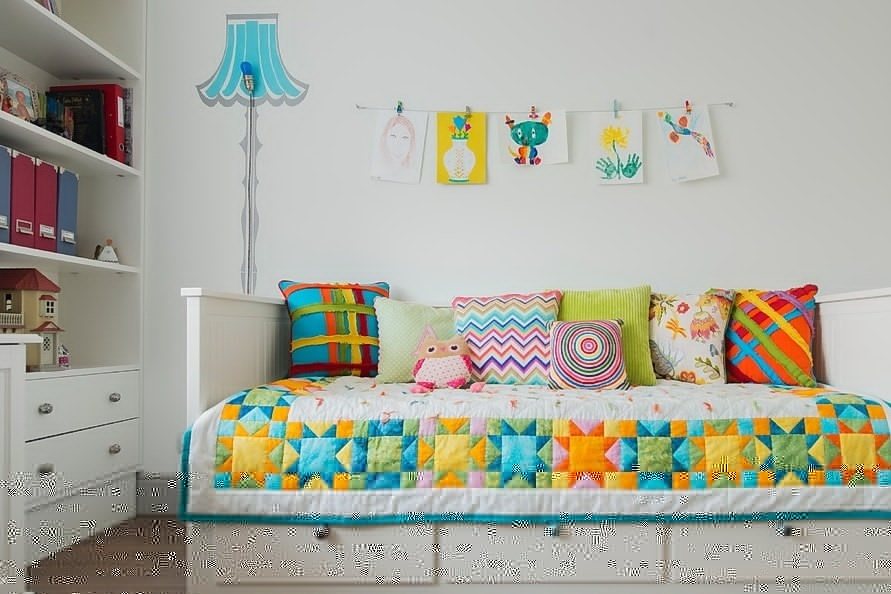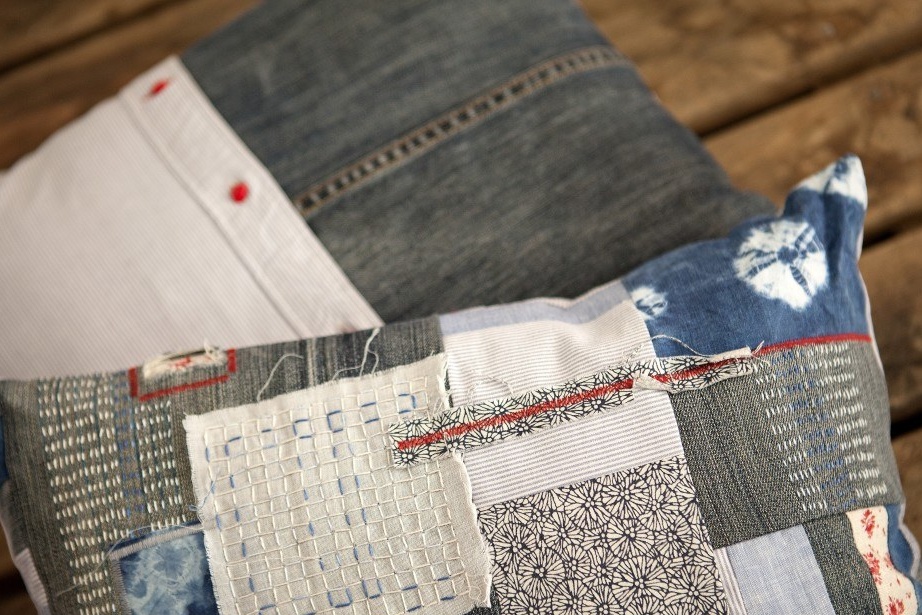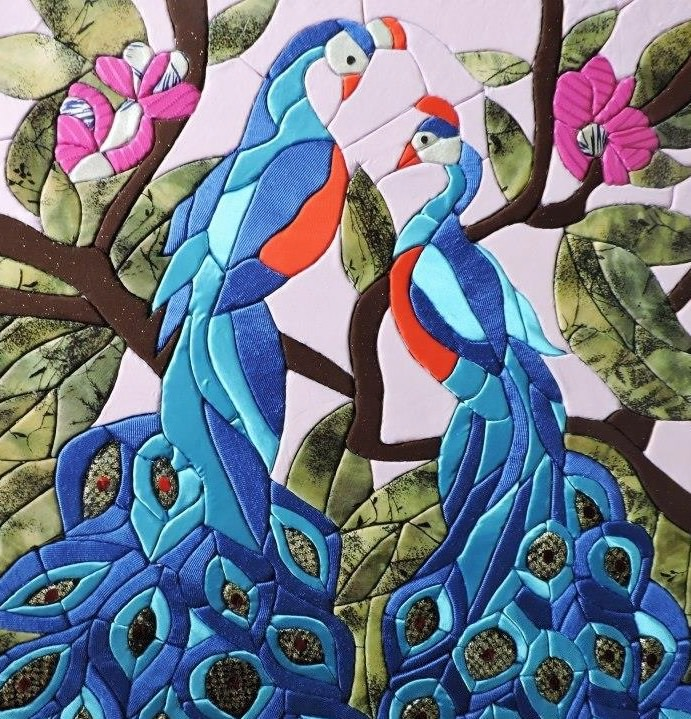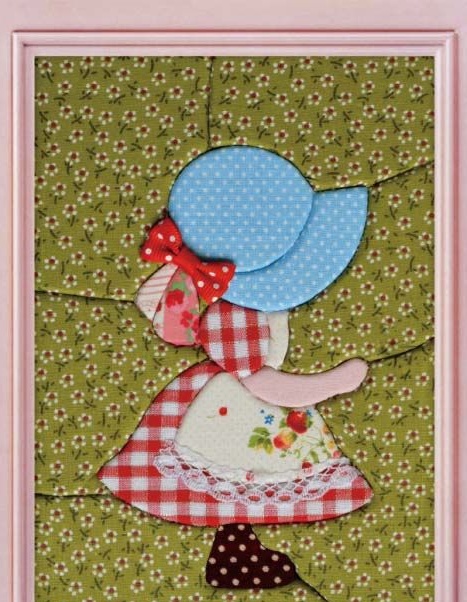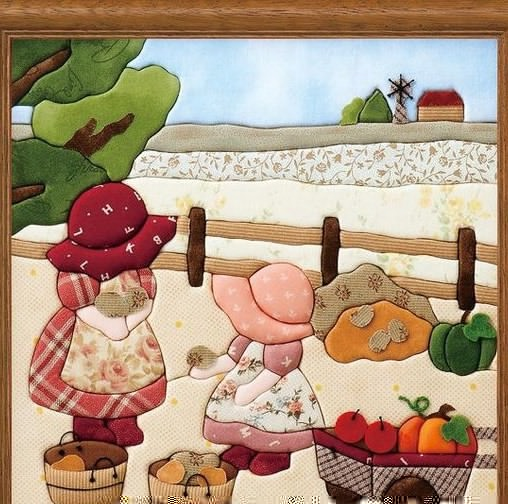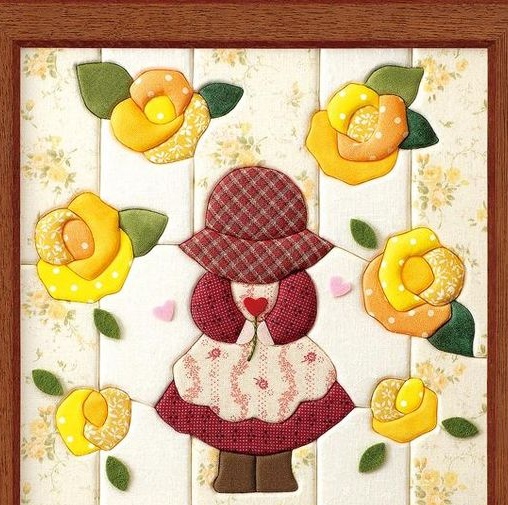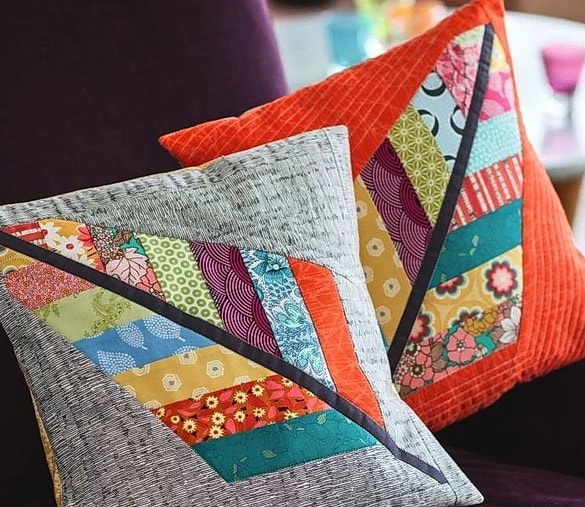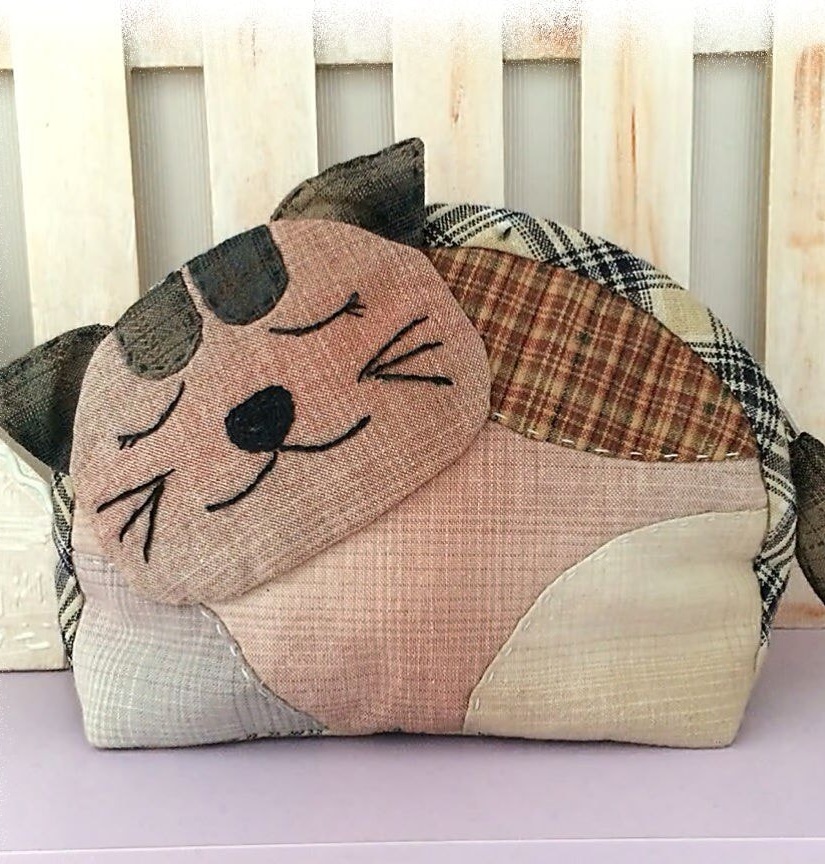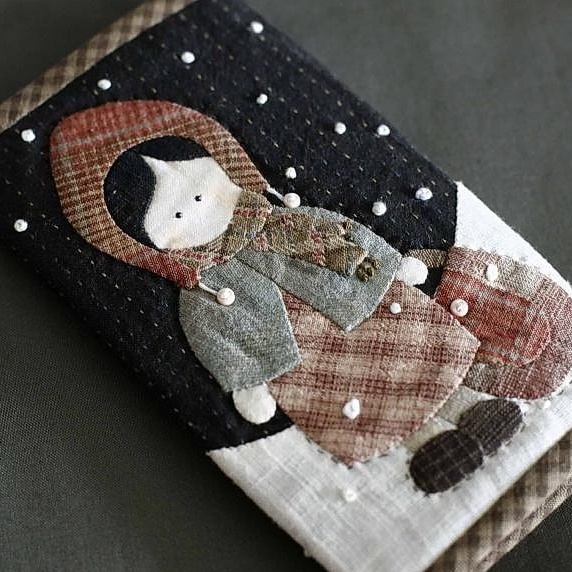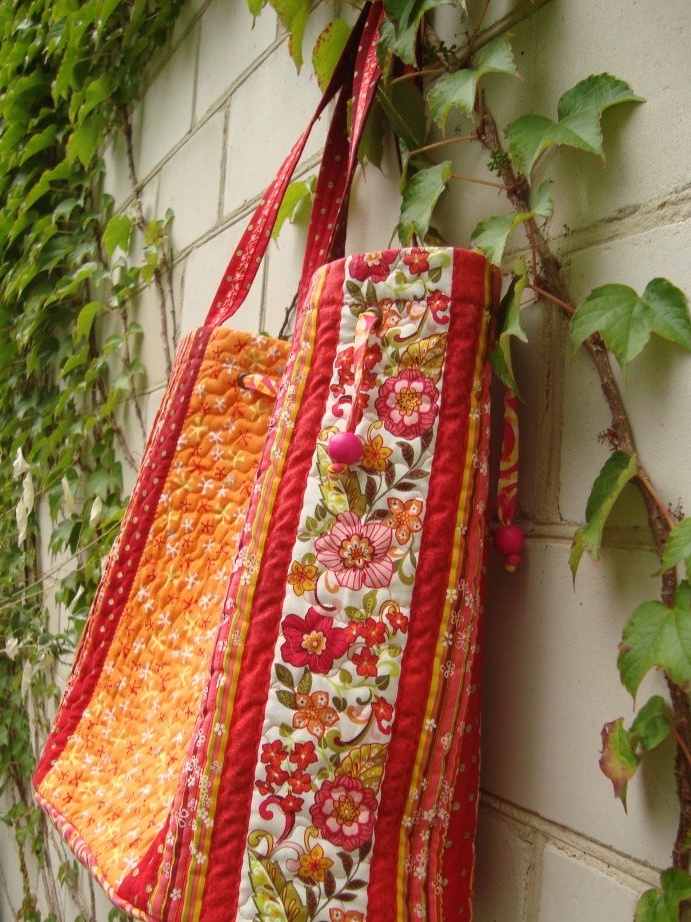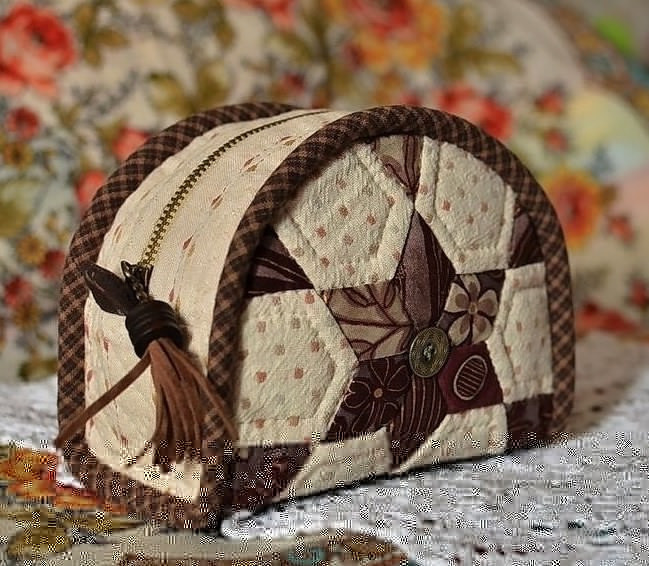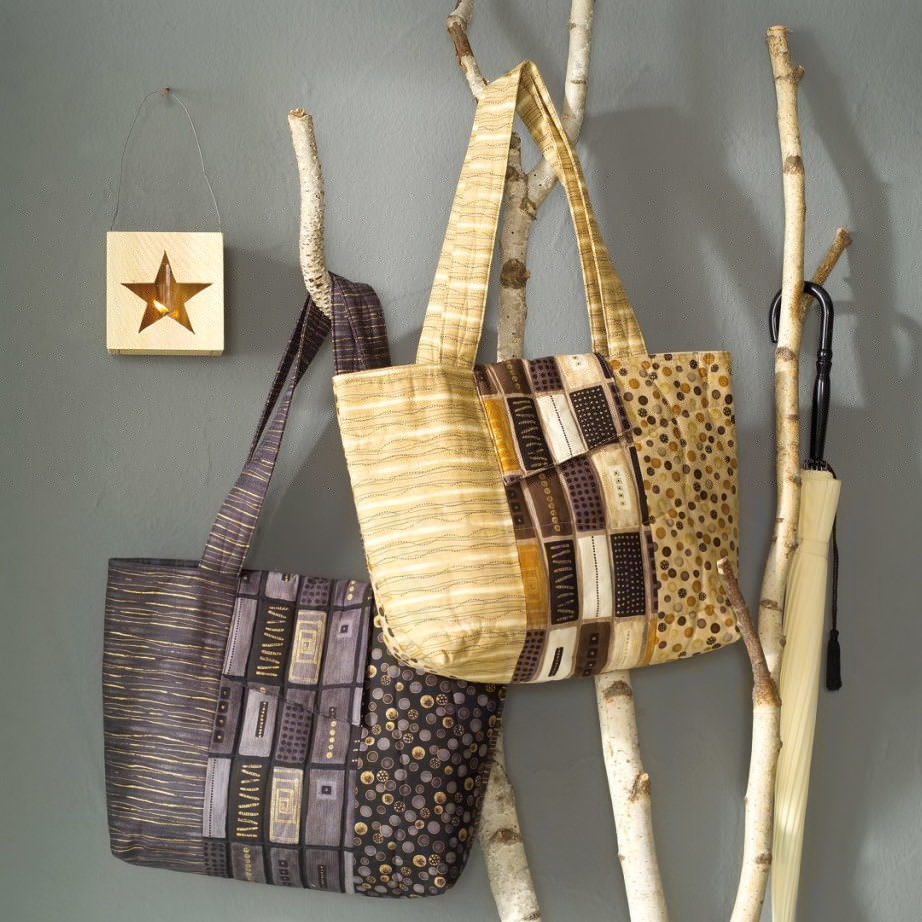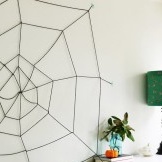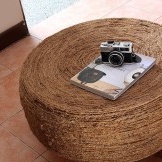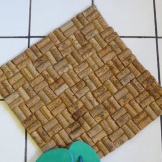Cozy decor with an oriental accent: Japanese patchwork in the interior
Patchwork - a sewing technique from shreds of fabric, characteristic of peoples of different countries of the world. Original rugs, pillows, blankets made of colorful patches have long been used in rustic interiors and country style. However, this original sewing appeared long before Russia, when luxurious products from pieces of cloth adorned the traditional interiors of Japanese houses. The Japanese patchwork technique differs only in its traditional oriental accent, and the principle of sewing remains the same.
Japanese style features
Initially, the main idea of patchwork was the rational use of fabric, which was then of high value and cost. Subsequently, simple and cute products became so popular among the people that eminent designers began to pay attention to this type of sewing. Some of them even produced fabrics with imitation of stitched patches.
Many experts claim that the patchwork technique originated in England, and not in Japan. However, from this the Asian direction has not become less interesting, because it reflects all the traditions and characteristics of the Land of the Rising Sun. These include:
- the presence of Japanese embroidery technique sashiko;
- the use of silk for the main fabric;
- decoration with fringe, tassels;
- the predominance of plant patterns, geometric ornaments and landscapes;
- for stitching, use threads of a contrasting color that stands out against the main background.
The popularity of the patchwork in Japan was associated with a ban on the import of textiles from China, which served to develop its own textile industry. At first, clothes for the monks were made from pieces of cloth, which could always be renewed in the process of wear, by carefully sewing patch patches. After a while, such sewing grew into a real art and national treasure.
Japanese patchwork: popular techniques
Sashiko - a technique for creating characteristic seams in the form of dotted thin strokes.
Yosegire - means "stitching pieces." The combination of this technique with embroidery sashiko served as the basis for the emergence of the Japanese patchwork.
Kinusaiga is the same patchwork, but without the use of a needle. This is a kind of mosaic of pieces of fabric laid out on a wooden plank. First, a sketch of the picture is created on paper, then a drawing is applied to the wooden base with paints. On its contour cuts are made into which specially selected shreds are dressed.
Japanese patchwork for beginners: basic rules and tips
Of course, the most important patchwork rule is the knowledge of Eastern philosophy, which is based on harmony and tranquility. Active fidgets with indefatigable energy do not even need to start monotonous, meticulous work with the smallest details.
Patchwork is an exceptionally manual technique requiring good skills. Inexperienced in this matter, the craftswomen will have to first practice. Failure to comply with intervals, stitches, bends or uneven stitches will significantly spoil the appearance of the product.
Before starting work, it is necessary to study the main rules for creating blocks, circuits, and applications. In addition to the basic technique, it is necessary to master the stitch “forward needle”, the so-called stitches “sashiko”. The stitching is done in the form of a dotted line with equal gaps and even stitches.
Even though the patchwork sewing technique initially involved the use of scraps of the remaining material, special materials will be required to create a real Japanese patchwork. The main fabric here is silk, and a prerequisite for quality work is the use of pieces of fabric that are identical in density and thickness. Therefore, before embarking on such creativity, it is worth acquiring the necessary materials for the desired result.
Tip: to master this technique, it is better to practice assembly of a simple unit. After all, if a little material has deteriorated, such a bad experience is perceived more easily. In any case, identical rectangular patches of fabric, decorated with applique, will be useful in the future to create functional beautiful things.
Japanese-style patchwork: ideas for creating
Japanese patchwork is often found in home interiors. Pillows, rugs, blankets, potholders, tablecloths and other textiles add oriental flavor to the room. In Japan, even today, such a technique is actively used in the manufacture of clothing and women's accessories (cosmetic bags, bags). Moreover, the cost of products is considerable, since manual work is always distinguished by its uniqueness.
Japanese patchwork: a workshop on making cosmetics bags
For beginners, creating a small cosmetic bag is perfect. For this you will need the following materials:
- cuts of different fabrics. They must be washed and ironed before proceeding with the cutting itself;
- thin synthetic winterizer
- non-woven;
- lightning;
- threads
- any decorative elements (lace, floss, buttons).
Getting started:
- For the first experiment, better draw a pattern. Next, cut the parts, leaving allowances of about 5 cm at the seams.
- Sew the parts and smooth them. Sew the back of the pattern to the rest.
- Cut the synthetic winterizer and adhesive non-woven into finished parts. Fold everything together and secure with pins.
- Sew the stitches and sew the zipper.
- Decorate the product with applications from another fabric, lace, buttons.
- The original cosmetic bag is ready.
Japanese bag patchwork and clutch fabrication scheme
No less unique and stylish patchwork looks on women's handbags.
Following this simple scheme, you can make a cute original clutch.
Of course, the Japanese patchwork is an extraordinary and very interesting technique that allows you to create real masterpieces filled with special meaning from simple shreds.

